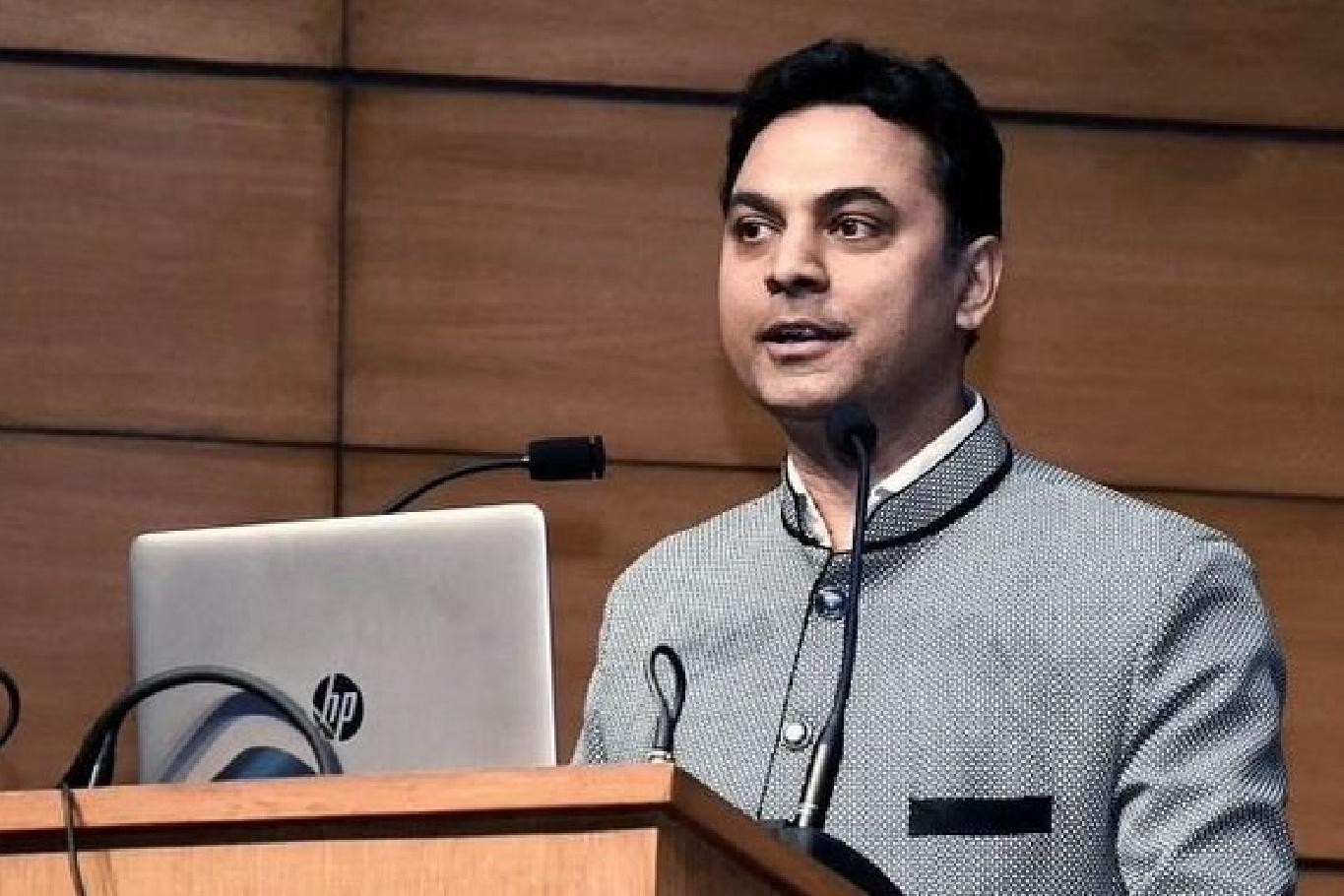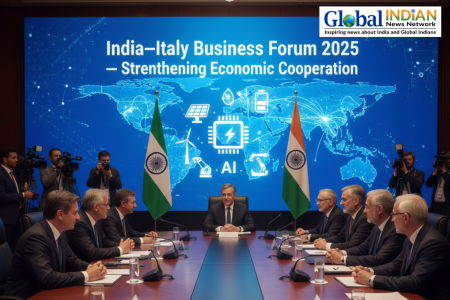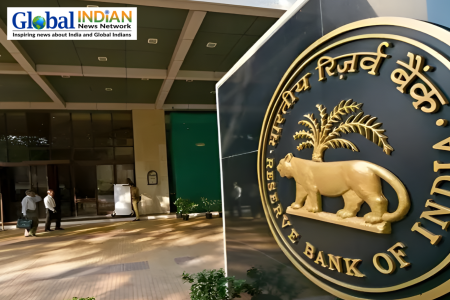
Krishnamurthy Subramanian, executive director at the International Monetary Fund, has projected that India could evolve into a $55 trillion economy by 2047. Speaking at the BT India@100 event in Delhi, Subramanian outlined his vision for India’s economic trajectory, likening its potential growth to the rapid expansions witnessed by Japan and China.
As the 17th Chief Economic Advisor, Subramanian envisions a 15-fold increase from India’s current $3.3 trillion economy. This forecast contrasts with the more dramatic growth seen in Japan and China, which experienced 22 to 25-fold expansions during their transformative periods. He emphasized that achieving a sustainable 8% annual real growth rate, coupled with a 5% inflation rate, is crucial for realizing this long-term economic goal.
Since 2016, India’s inflation rate has declined from 7.5% to 5%, making this target more attainable, provided it remains within the Reserve Bank of India’s inflation-targeting range of 2% to 6%. A lower inflation rate could also curb currency depreciation, which has historically averaged 3% to 3.5% annually. Subramanian predicts this depreciation rate will drop to 1%, bolstering the rupee’s value.
This economic strategy would enable a nominal growth rate of 12% per year (8% real growth plus 5% inflation, minus 1% for currency depreciation), allowing India’s GDP to double every six years and potentially reach $55 trillion by 2047. However, Subramanian noted that achieving this ambitious target requires more than just maintaining growth and inflation goals.
Key to this growth will be the formalization of India’s economy, increased investments in productivity and innovation, and advancements in digital infrastructure. Subramanian highlighted that the formal sector is significantly more productive than the informal one and that enhancing productivity within Indian firms, which currently lag behind global competitors, is essential. Additionally, fostering innovation and entrepreneurship, which have been gaining momentum, will be critical for closing this productivity gap.
Expanding private credit is also vital, as India’s credit penetration remains below global standards. Nevertheless, with banks being cleaned up and the economy becoming increasingly formalized, Subramanian sees substantial potential for growth in this area.













